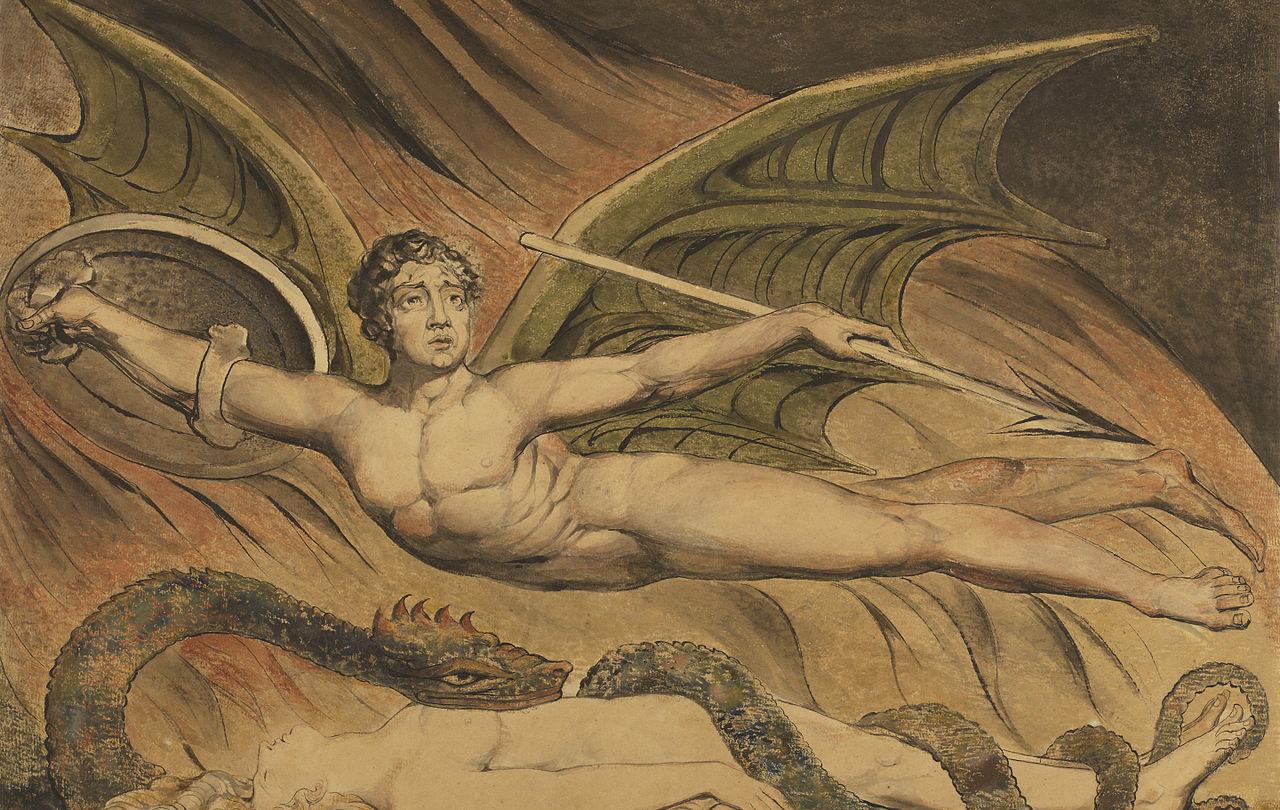Professor Andrew Briggs has been at the forefront of quantum technology for decades, pioneering the use of AI and machine learning in quantum computing. Two technologies that will shape our world.
Andrew has been a leader in a demanding and cutting-edge academic field. In this interview the Oxford-based academic shares his insights on how to lead scientific endeavours and flourish in life.
Pawel Puczkarski: We meet on Northmoor Road, which, more than any other street, embodies the spirit of Oxford.
Michał Łuczewski: I sense here the presence of all souls.
Andew Briggs: Indeed! The Tolkien family first lived at number 22 before moving next door to number 20. Just opposite, in the garden shed of number 27, is where Sir Martin Wood built the first magnets for what was to become Oxford Instruments. Another neighbour was Sir Roger Bannister, the first man to run a mile in under four minutes.
MŁ: High culture, big business, top sports. What about science?
AB: Just across the street, Sir Rudolf Peierls spent his final years. He transformed our understanding of nearly every application of quantum theory, including materials science and nuclear energy. Nearby, Erwin Schrödinger was living at number 12 when he received the news that he had won the Nobel Prize; he later moved to number 24. It was also here that he conceived his famous Schrödinger’s cat thought experiment, which illustrated the fundamental insight of quantum physics—that quantum objects can exist in two states at once. The inspiration for the fictitious cat—both dead and alive—was quite alive. Schrödinger’s own cat was allegedly called Milton
MŁ: What is your main driver in your manifold leadership roles?
AB: The desire to contribute. And pure curiosity. I am absolutely fascinated by big questions.
PP: What’s the biggest question that remains for you unanswered?
AB: I suppose it might be, “How can I be more loving?”
MŁ: That’s a big question, how about big answers?
AB: One thing I’ve learned over time is the ability to live with unresolved big questions while maintaining the curiosity to understand them better. Take quantum physics. Among scientists, there’s still no agreement on what exactly happens during the act of measuring a quantum system. And measurement is the most basic thing we do in experimental science. So, are we being intellectually irresponsible? Now take prayer. I don’t think there’s consensus among people who pray about what exactly happens when they do. I certainly don’t yet have a fully satisfactory answer. But I long for better understanding. Quantum technologies have too much potential to walk away from the mystery. Likewise, prayer is too important to abandon simply because I don’t fully comprehend it.
MŁ: What is your own understanding of prayer, then?
AB: Prayer is about developing a relationship with God, just as conversation is part of building relationships with people. Of course, relationships involve more than conversation. But if you never talk to someone, you’re probably missing out on something. There are many ways to engage God. It is our love for God and our experience of His love. Being kind to people is part of our love relationship with God.
MŁ: How come such a hard-nosed scientist like you speaks about God so openly?
PP: It brings to mind a story that stretches across more than a century. In 1874, physicist James Clerk Maxwell founded the Cavendish Laboratory in Cambridge. Carved on its entrance doors, he placed a passage from Psalm 111 in Latin.
AB: As the first Cavendish Professor, Maxwell personally oversaw every aspect of the lab's creation. He was a man of deep Christian faith.
PP: Fast forward to 1973—you, as a young research student, proposed to the departmental committee carving the same quote in English above the entrance to the new Cavendish Laboratory: 'The works of the Lord are great, sought out of all them that have pleasure therein'.
AB: To the Head of Department’s surprise, the committee not only did not reject my audacious idea, but they enthusiastically supported it.
MŁ: Another half-century passed…
AB: And that quote still serves as a motto for the next generation—it suggests that those inside the laboratory are discovering how God makes the world work, and that this pursuit is deeply joyful. Science is a God-given resource for faith and for the work of the Church. If the Church is here to serve the world, it must engage with the world as it is. For example, during the pandemic, scientific knowledge was essential in caring for people at risk. Conversely, faith offers wisdom and a voice in public discourse.
MŁ: What does leadership personally mean for you?
AB: Leadership, whatever its tools or styles, is ultimately about choosing what values to lead with. You can exercise leadership in many areas. Each of us does it in our own way, within our sphere of influence, using our unique talents. I'm distinguishing between the tools of leadership—whether oratory, intellect, money, or whatever—and the deeper question of which direction you want to lead. The real question is: What kind of leadership will you exercise?
MŁ: Is that where my responsibility lies?
AB: Yes, and to implement that responsibility using whatever talents and opportunities we have. If you're a professor at Oxford, you have to excel in your field. But Oxford is full of opportunities beyond academia, and I feel both a responsibility and a pleasure in engaging with the wider implications of my work.
PP: You were deeply involved in the rapid development of quantum technologies and quantum information processing, within the evolving landscape of Oxford itself. We're no longer solely a research university. There's been a growing emphasis on scientific entrepreneurship and spinning out companies.
AB: You're absolutely right–it's been a significant cultural shift at the university. In 2021, in my lab we realized that many people wanted to use our techniques, but we had reached the limit of our capacity to help others from our own resources. As academics, we love collaborating and helping, but we hadn’t even begun to meet the commercial need. So, we worked with Said Business School to conduct market research, which confirmed there was a viable market. That’s when we spun out the company, QuantrolOx.
MŁ: In his recent book From Strength to Strength, Arthur Brooks argues that our careers will end much sooner than we expect and asks how we should prepare for that. It seems you’ve figured that out. You seem to go from strength to strength.
AB: Arthur is a valued friend. He spoke at the U.S. launch of the Human Flourishing book in Harvard. And was kind enough to host the U.S. launch of Penultimate Curiosity, the book I co-authored with the eminent artist, Roger Wagner.
PP: I see his painting behind us.
AB: Yes, Roger used to have his studio in this house. As you might have noticed, Arthur has been lately placing more and more emphasis on the role of faith for human happiness.
MŁ: Through his works, Brooks has been undergoing a kind of spiritual conversion. He makes it clear now that the goal of life is happiness and human flourishing, which starts with meaningful work, friends, family and most importantly - faith. For him personally means renewing his Catholic faith daily, moment by moment.
AB: And he’s been speaking about that in a way that is completely genuine and comes from the heart.
MŁ: I think there’s a similar kind of scholarly conversion in your life, where Christian renewal meets the Greek ideal of kalokagathia—the unity of the transcendentals, also reflected in your books. Penultimate Curiosity explores beauty. It Keeps Me Seeking explores truth. Citizenship in a Networked Age explores justice. And beauty, truth, and justice find their unity in your last book: Human Flourishing. How do you see your life?
AB: I want to keep contributing for as long as I have the energy and the wherewithal. But life is nonlinear and stochastic.
MŁ: Professor, pray elaborate!
AB: We make choices and we are subject to events each of which could have been otherwise, and the consequences are often out of all proportion to the causal factors. Randomness is fundamental in quantum theory where the uncertainty is very mathematically rigorously described. I sometimes wonder if today’s rising generation struggles with stress because they expect too much control over their own destiny.
MŁ: No doubt.
AB: And that’s where Providence comes in. What traditional spiritual English calls Providence—from the same root as to provide—is, I believe, essential to making sense of a world that is both stochastic and nonlinear. This confidence in Providence, in the idea that we can navigate a world that is chaotic and still thrive, is profoundly important. If you look at the Gospels, when Jesus called people to follow him, they took a risk. They could have been wrong, following someone who was a spoof, but they made a decision—and it turned out to be a good one. And I think it's true of deciding to follow Jesus Christ. Could I be wrong? I suppose so. I don't think I am, but I could be. I don’t have certainty, but I choose.
MŁ: And how do you know it?
AB: Think of flying. You prepare as much as you can, but unexpected situations always arise. Air traffic control sometimes tells you what to do, but mostly, they ask what your intention is. You can’t hesitate when you're flying a plane. You can't just say, well, I'm not going to decide. That's not an option. You try to make them safe choices. You try to make them wise choices. But you have to make choices. Same with life. Thinking is good. But thought must lead to action. Some say I live my life by my transferable flying skills!
MŁ: And your final destination?
AB: Heaven, I hope. I believe this life isn’t all there is. I believe in a future with Trinity—Father, Son, and Holy Spirit—free from pain and suffering. The risk is to focus too much on going to heaven. I think the emphasis should actually be on the other direction: heaven coming to us. 'Thy Kingdom come!' That gives dignity to this world.
MŁ: This conversation was a foretaste of a heavenly banquet!
AB: More like Spanish tapas—small plates, not a grand feast.
PP: A series of little courses?
AB: Exactly. And when you write this up, make it look like there was a plan.
MŁ: In your nonlinear, stochastic life, we’ve already found a hidden pattern. A kind of Da Vinci Code of Andrew Briggs.
AB: And the code is…?
PP: Have you ever thought about combining your book titles into a life motto? Imagine it inscribed over your Northmoor Road house: Penultimate Curiosity… Keeps Me Seeking… Human Flourishing.
AB: Perfect! I love it. That’s my code.






